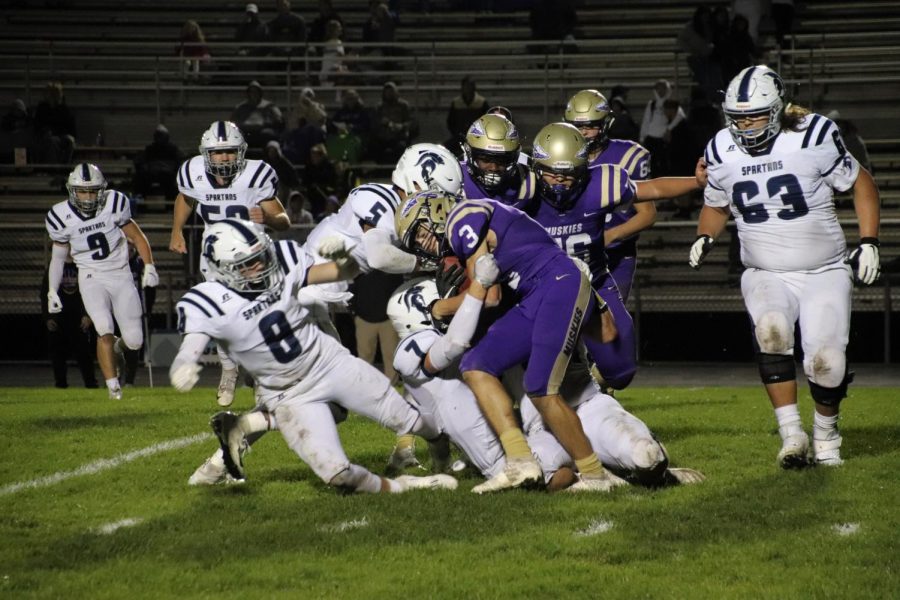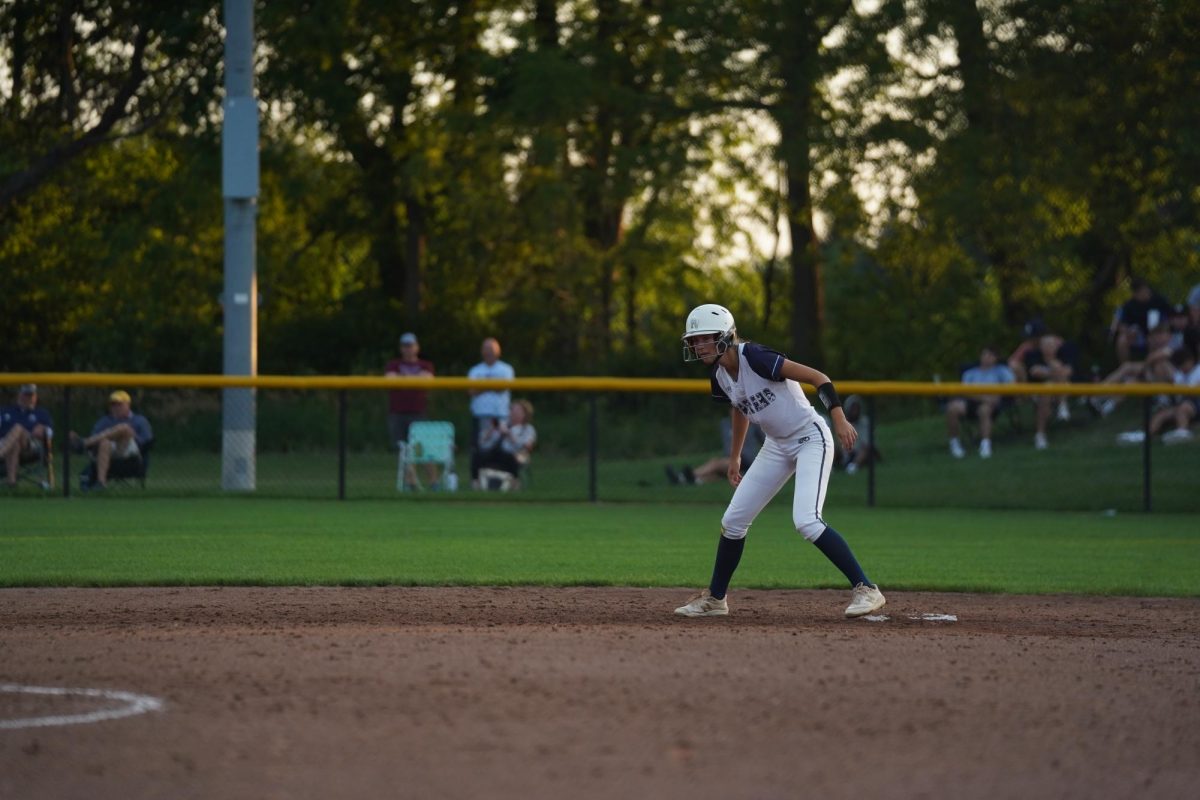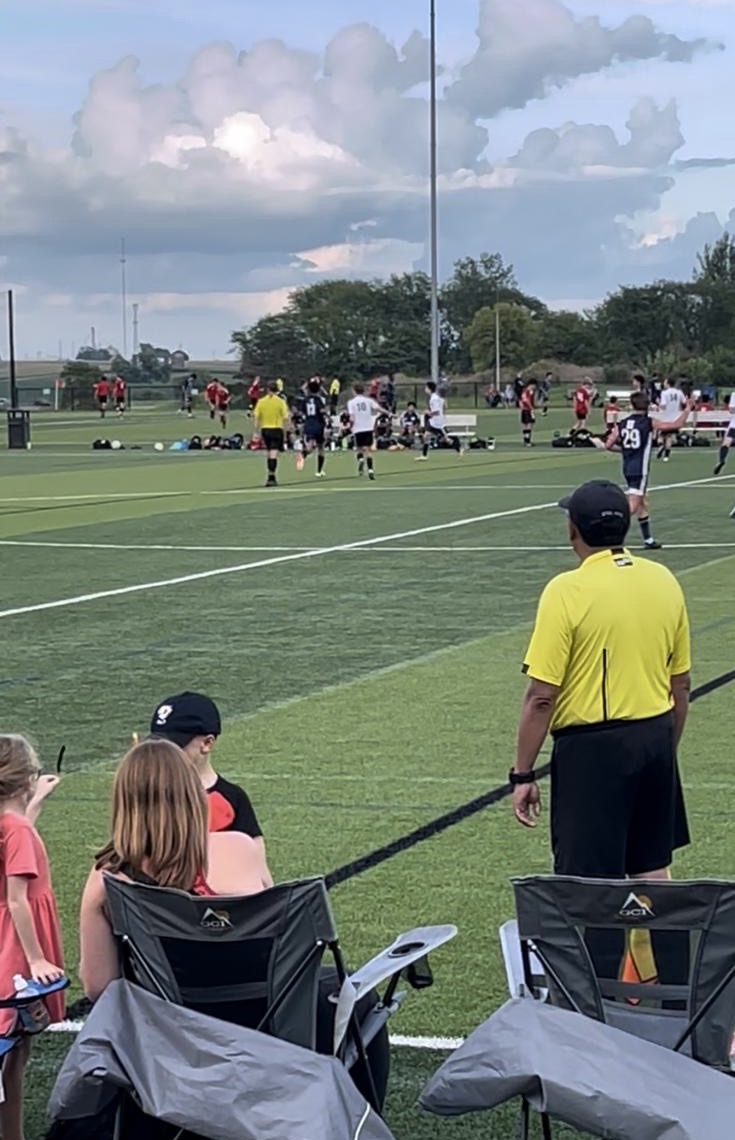The risk of head trauma in soccer and football is continually a heavily discussed topic. However, the debate surrounding the sports has been largely devoid of specific information on the conditions that are at the heart of its danger.
One of the most harmful conditions formed as a result of these sports is CTE: Chronic Traumatic Encephalopathy.
CTE is a degenerative brain condition, resulting from brain or head trauma that most commonly comes in the form of repeated concussions. It causes a protein known as Tau to spread slowly throughout the brain and kill brain cells; this process results in behavioral and mental problems in the beginning stages, followed by cognitive issues such as dementia as it progresses.
Pam Cinadr, PV’s school nurse, said that although school has only been in session for 10 weeks, about 15 Pleasant Valley students have already sustained concussions from sports.
With concussions being so common, the seriousness of seemingly rare conditions like CTE is relevant to all athletes, especially football players. Boston University’s CTE Center helmed a study earlier this year that performed autopsies on the brains of a group of deceased football players, ranging from players that had only participated in high school to professionals in the NFL.
The researchers found that signs of CTE were present in the brains of 29 percent of the individuals in the study who had only played football in high school, negating the notion that serious head trauma can only be found in the top levels of the sport.
However, football is not the only route through which this condition can appear; soccer also perpetuates the development of CTE.
In the sport of soccer, “heading,” or hitting the ball with your head, is very common in play. While these types of hits may seem much safer than football-style tackles, some soccer players at higher levels head the ball up to 10,000 times a season without the head protection football players have, leading to equally dangerous head injuries.
In 2017, a new study revealed that the number of soccer players known to have CTE had doubled to 8. In a finding which some consider alarming to current soccer players, the study reported, “None of the players studied had experienced significant concussions during their careers, indicating that repetitive blows to the head–such as through hitting other players, the ball or goalposts–are playing a key role.”
Dr. Anne Mckee, director of Boston University’s CTE Center, said of the new information, “I think it points out again that this is an equal opportunity disease.”
The soccer and football teams at Pleasant Valley have recognized this danger and are being proactive to protect their players. Varsity soccer player Maya Hartz said that her team takes many precautions. “We learn how to correctly head a ball to be educated on how to prevent injury. We also can only do so [many] headers in a practice to decrease the risk.”
Joe Youngbauer, defensive coordinator for Pleasant Valley’s Varsity football team, reflected the sentiments of the soccer team. “The way that we teach blocking and tackling in football [has] become very different…It’s no longer ‘Oh yeah, your head happens to be the leading force tackling’, that’s no longer acceptable,” he said.
These precautions taken by both teams are a step in the right direction. However, with so much unknown information about the condition, many believe more research needs to be done and more extreme measures need to be taken before any level of these sports can confidently say their players are not at risk of developing CTE.
In the words of Dr. Dirk Keene, Chief of Neuropathology at UW, on the subject of CTE, “We still don’t know as much as we think we do.”









